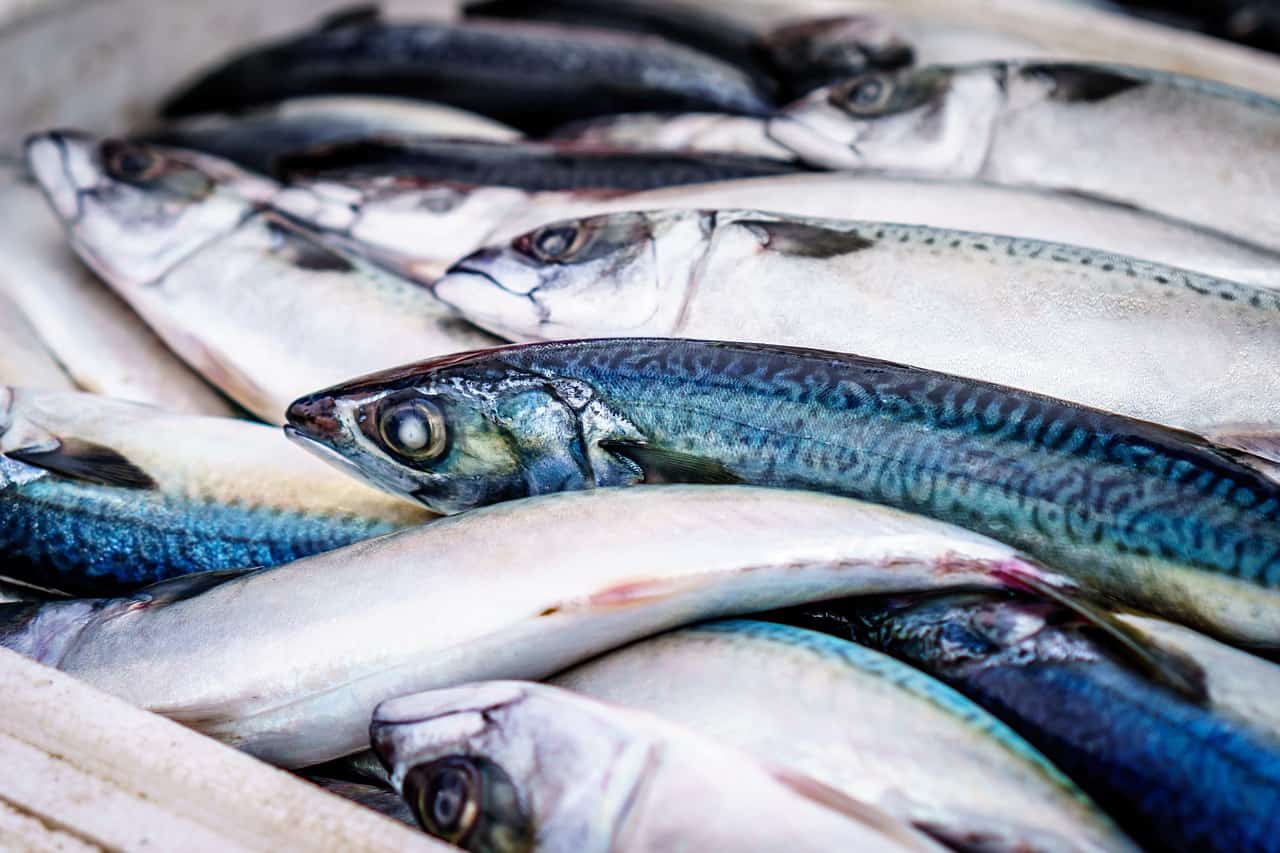A larger emphasis on “blue food” production in coming decades could benefit the planet and human societies alike.
The planet’s human population continues to grow even as climate change is set to decimate crop yields across much of the world. With global food security facing threats on land, we could turn to an alternative source to feed hungry mouths: the sea.
A larger emphasis on “blue food” production in decades to come could not only provide nutrition for great numbers of people but do so in an environmentally sustainable manner, argue scientists in the United States.
“[W]ithout mitigation, climate hazards pose high risks to nutritional, social, economic and environmental outcomes worldwide — especially for wild-capture fisheries in Africa, South and Southeast Asia, and Small Island Developing States,” the scientists write in a study published in the journal Nature.
In the face of growing demands for food, the researchers predict that by the middle of the century demand for blue foods will double. Yet this increase could be met by help of improved aquaculture production rather than by traditional fisheries in already depleted seas, they ephasize.
In their scenario of “high growth” for aquaculture, the scientists estimate that by increasing “blue food” supplies by 15.5 million tons, we could reduce nutrient deficiency for as many as 166 million more people, especially among low-income populations, and do so at lower prices to boot.
Aquatic foods produced by small-scale enterprises could mitigate food shortages in a sustainable manner, the experts argue, based on their analysis of data from hundreds of studies on a wide range of seafood species.
“Blue foods stack up really well overall and provide a great option for sustainable food,” stresses Ben Halpern, a marine ecologist at the University of California Santa Barbara’s Bren School of Environmental Science & Management.
“Small-scale fishers — the individuals and small boats that fish in places all around the world — are a huge part of the global seafood system and are incredibly diverse in who they are and how they fish,” Halpern says. “That diversity creates both opportunities and challenges for sustainably managing the oceans.”
Importantly, blue foods, rich in vital nutrients, tend to rank higher than animal-source foods produced on land when it comes to their nutritional benefits, the scientists note. Compared to chicken, for instance, trout has 19 times more omega-3 fatty acids, an essential nutrient, while oysters and mussels have 76 times more vitamin B-12 and five times more iron. Meanwhile, carps have nine times more calcium.
Better yet, the environmental footprint of producing salmon, catfish, carp and other species of fish in aquaculture is comparable to the production of chicken, which has the lowest impact of all terrestrially grown meat products. At the same time, cultivating sardines, anchovies, bivalves and seaweeds comes with a lower environmental footprint than chicken.
In other words, blue food could not only boost human health and meet the nutritional needs of large numbers of people but it would also have less of an impact on the environment than producing more meat on land.
“For the first time we got to see what more aquatic food production would mean for human health globally,” explains Christopher Free, a marine ecologist. “[B]y making aquatic foods cheaper to the consumer, there’s likely going to be a shift away from land-based foods like chicken, beef and dairy.”
Already over 2,500 species of fish, shellfish, aquatic plants and algae are cultivated globally for food, providing livelihoods for more than 100 million people and sustenance for 1 billion. Yet few countries are investing as much in their blue food sector as they all should, the scientists say.
“Few, if any, countries are developing their blue food sector to provide ecological, economic, and health benefits to its full potential,” argues Rosamond Naylor, director of the Center on Food Security and the Environment at Stanford University, adding that sustainably produced blue foods could become “an instrumental part of an improved food system from local to global scales.”
This story first appeared on Sustainability Times
© 2021 Sustainability Times.
This article is licensed under a Creative Commons Attribution-ShareAlike 4.0 SA International License.












